Fotis Lazarakis
Artificial Intelligence Empowered Multiple Access for Ultra Reliable and Low Latency THz Wireless Networks
Aug 17, 2022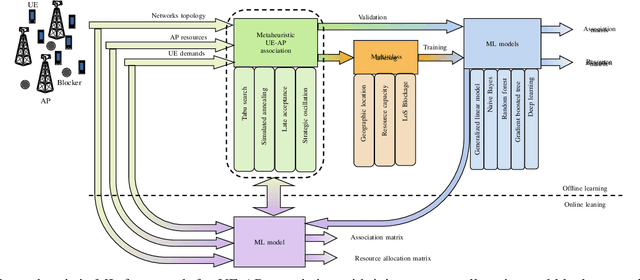
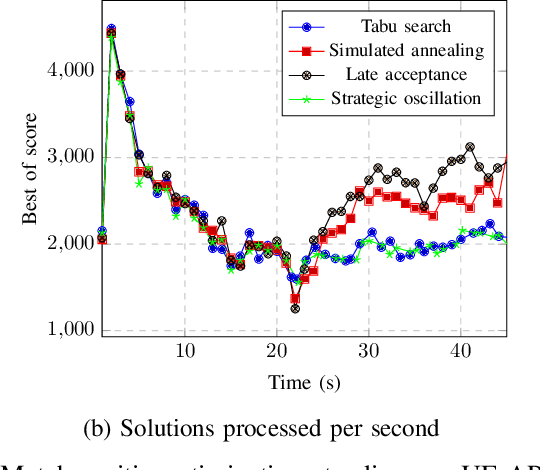
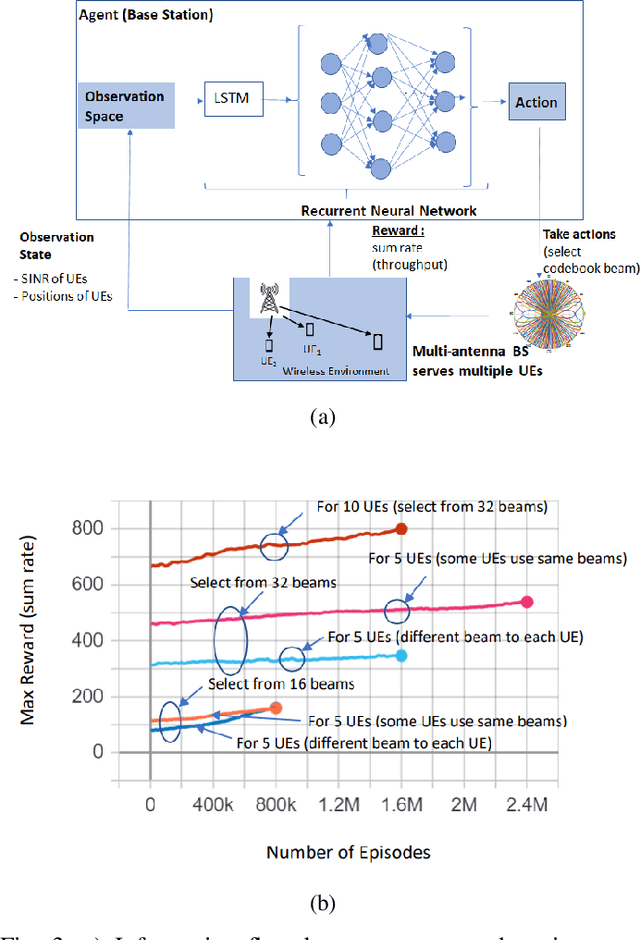
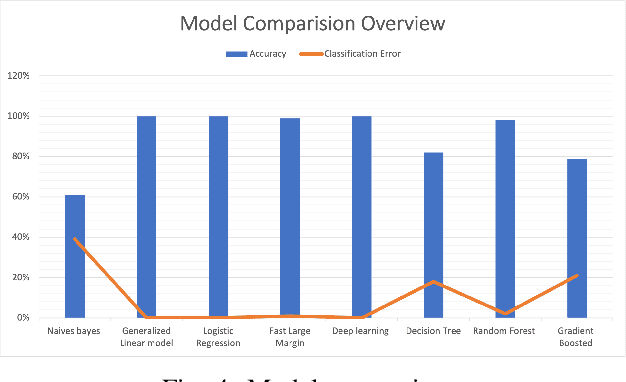
Abstract:Terahertz (THz) wireless networks are expected to catalyze the beyond fifth generation (B5G) era. However, due to the directional nature and the line-of-sight demand of THz links, as well as the ultra-dense deployment of THz networks, a number of challenges that the medium access control (MAC) layer needs to face are created. In more detail, the need of rethinking user association and resource allocation strategies by incorporating artificial intelligence (AI) capable of providing "real-time" solutions in complex and frequently changing environments becomes evident. Moreover, to satisfy the ultra-reliability and low-latency demands of several B5G applications, novel mobility management approaches are required. Motivated by this, this article presents a holistic MAC layer approach that enables intelligent user association and resource allocation, as well as flexible and adaptive mobility management, while maximizing systems' reliability through blockage minimization. In more detail, a fast and centralized joint user association, radio resource allocation, and blockage avoidance by means of a novel metaheuristic-machine learning framework is documented, that maximizes the THz networks performance, while minimizing the association latency by approximately three orders of magnitude. To support, within the access point (AP) coverage area, mobility management and blockage avoidance, a deep reinforcement learning (DRL) approach for beam-selection is discussed. Finally, to support user mobility between coverage areas of neighbor APs, a proactive hand-over mechanism based on AI-assisted fast channel prediction is~reported.
Toward Autonomous Reconfigurable Intelligent Surfaces Through Wireless Energy Harvesting
Aug 18, 2021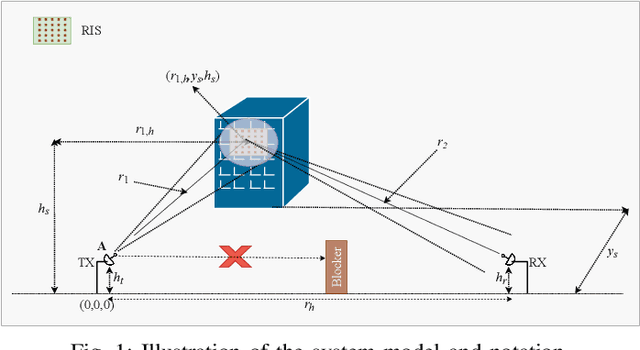
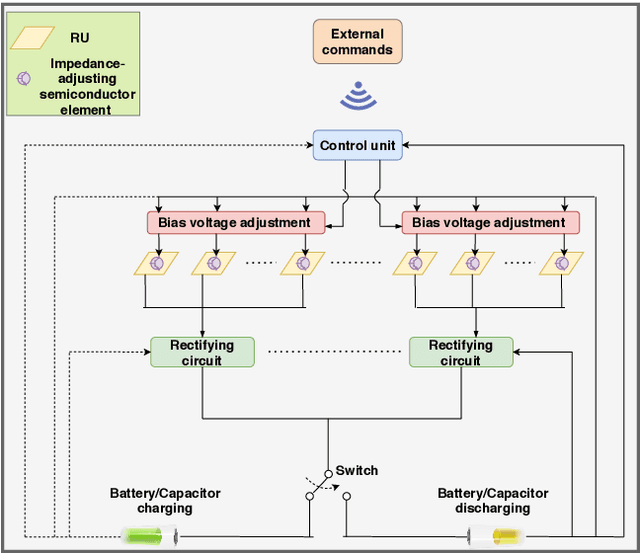
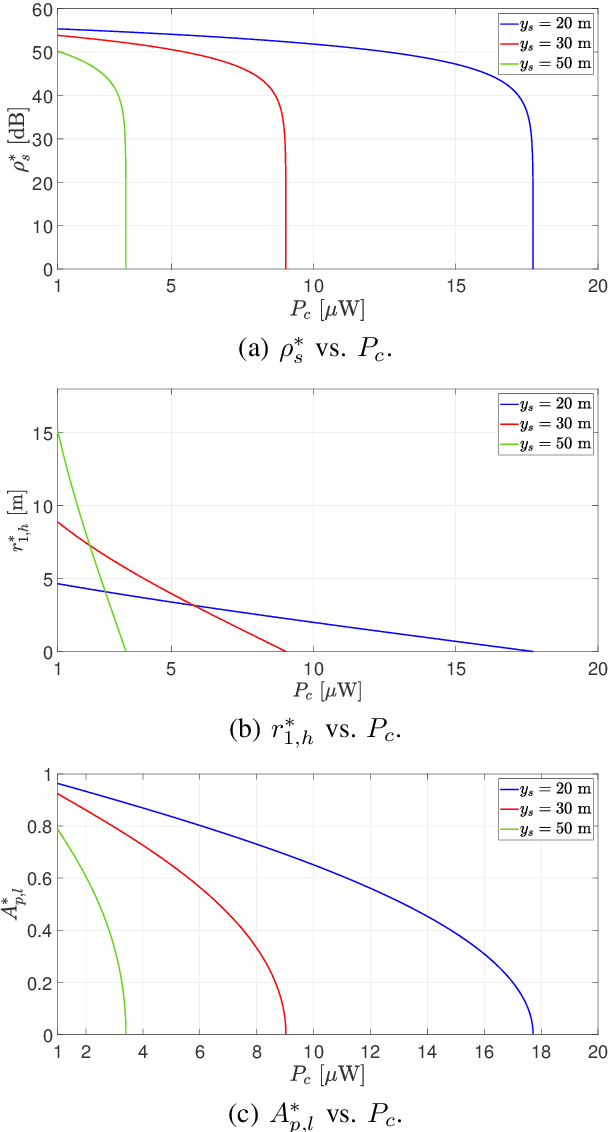
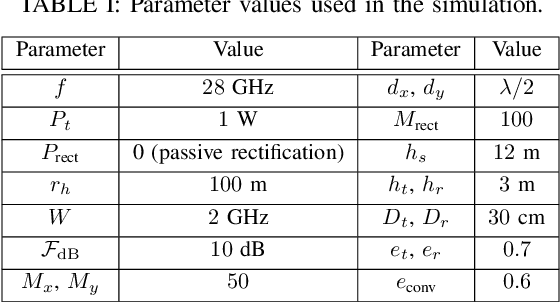
Abstract:In this work, we examine the potential of autonomous operation of a reconfigurable intelligent surface (RIS) using wireless energy harvesting from information signals. To this end, we first identify the main RIS power-consuming components and introduce a suitable power-consumption model. Subsequently, we introduce a novel RIS power-splitting architecture that enables simultaneous energy harvesting and beamsteering. Specifically, a subset of the RIS unit cells (UCs) is used for beamsteering while the remaining ones absorb energy. For the subset allocation, we propose policies obtained as solutions to two optimization problems. The first problem aims at maximizing the signal-to-noise ratio (SNR) at the receiver without violating the RIS's energy harvesting demands. Additionally, the objective of the second problem is to maximize the RIS harvested power, while ensuring an acceptable SNR at the receiver. We prove that under particular propagation conditions, some of the proposed policies deliver the optimal solution of the two problems. Furthermore, we report numerical results that reveal the efficiency of the policies with respect to the optimal and very high-complexity brute-force design approach. Finally, through a case study of user tracking, we showcase that the RIS power-consumption demands can be secured by harvesting energy from information signals.
 Add to Chrome
Add to Chrome Add to Firefox
Add to Firefox Add to Edge
Add to Edge